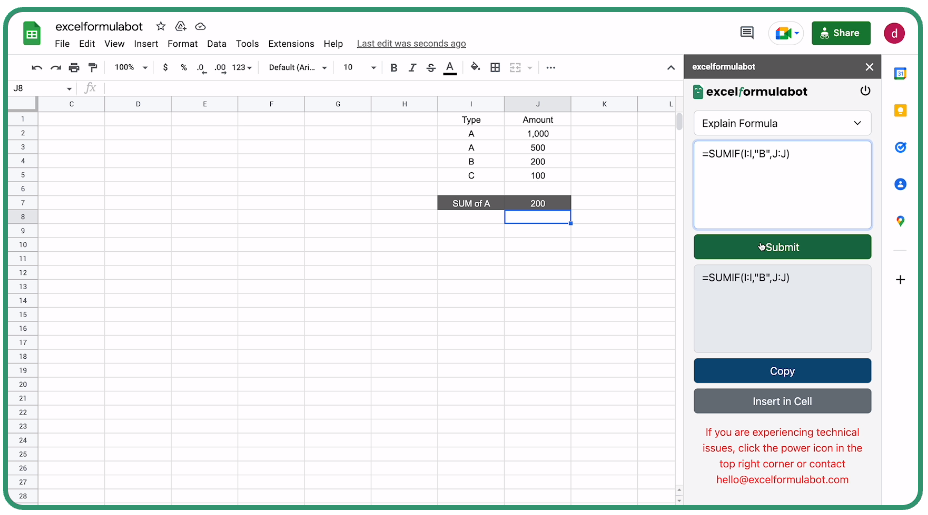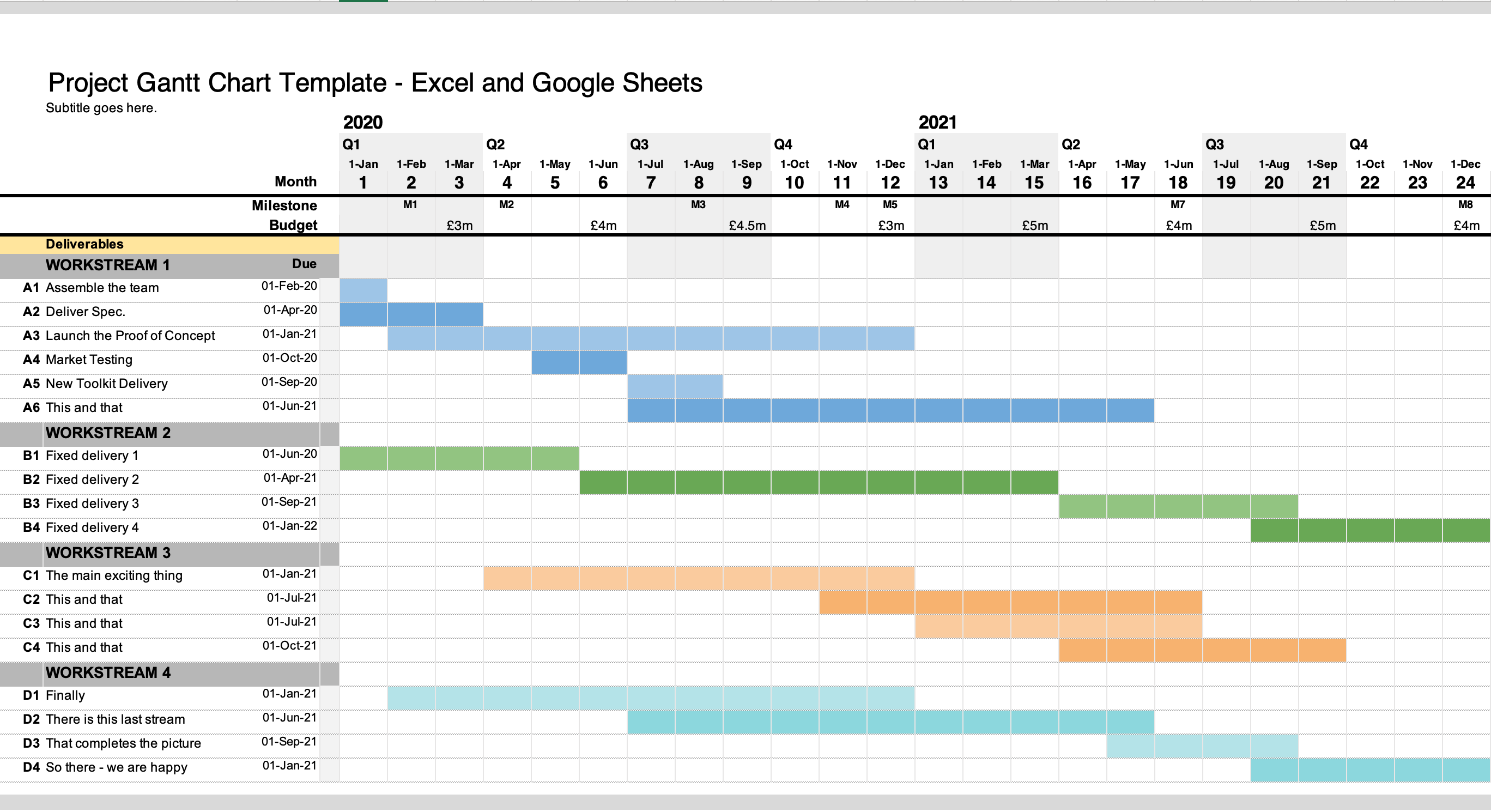5 Ways AI Can Simplify Excel Sheet Creation

Excel spreadsheets have been the go-to tool for organizing data, managing inventory, and performing complex calculations for decades. However, setting up an Excel sheet can often be tedious, requiring a meticulous eye for detail and sometimes, a fair amount of Excel knowledge. This is where Artificial Intelligence (AI) comes into play. With the integration of AI, creating and managing Excel sheets can become significantly easier. Let's explore five ways AI can streamline the process of Excel sheet creation and management.
1. Automated Data Entry and Validation

One of the most time-consuming aspects of working with Excel is entering data manually. AI can simplify this process in several ways:
- Data Extraction: AI tools can extract data from various formats (PDFs, emails, web pages) and automatically populate Excel sheets. For instance, if you receive monthly sales figures through email, AI can read these emails, extract relevant numbers, and input them directly into your spreadsheet.
- Validation: Errors in data entry can lead to significant issues down the line. AI can use machine learning algorithms to ensure data consistency and accuracy by validating entries against predefined rules or historical data. For example, if your sales data typically shows a certain trend, AI could flag unusual entries for review.
- Error Detection: Advanced AI systems can detect potential errors in formulas or data points, helping prevent common mistakes like circular references or incorrect cell references.
2. Intelligent Data Analysis and Insights

AI doesn't just make data entry easier; it also enhances the analysis capabilities within Excel:
- Pattern Recognition: AI can analyze data to find patterns or correlations that might not be immediately obvious. This can be particularly useful for financial forecasting, market analysis, or any scenario where predictive analysis is beneficial.
- What-If Analysis: AI can simulate different scenarios based on your data, providing insights into how changes might affect outcomes. This predictive capability can help businesses make strategic decisions with more confidence.
- Text Analytics: For sheets containing textual data, AI can perform sentiment analysis, categorize data into themes, and highlight actionable insights, which is invaluable for customer feedback or market research.
3. Automated Formatting and Styling

The visual aspect of spreadsheets is just as important as the data they contain. AI can help with:
- Conditional Formatting: AI can apply formatting rules based on the data's content, highlighting trends, outliers, or specific conditions with color-coding or icon sets.
- Template Creation: With AI, you can generate templates based on historical sheets or data patterns, ensuring consistency across reports or projects.
- Auto Adjustment: AI can automatically adjust column widths, font sizes, or styles to optimize readability and aesthetics based on the content volume and type.
4. Dynamic Data Relationships

Excel sheets often involve complex relationships between different data sets. AI can assist in:
- Data Linking: AI can intelligently link different tables or sheets by recognizing relationships in the data, automating VLOOKUPs, INDEX-MATCH, or other lookup functions.
- Normalization: AI can normalize disparate data sets into a common format, making it easier to perform cross-sheet analysis.
- Dependency Tracking: Understand and map out how changes in one cell can impact multiple others, helping manage complex calculations or budgeting sheets where variables are interdependent.
5. Collaboration and Real-time Updates

In today's collaborative work environments, Excel's role extends beyond individual use:
- Shared Workspaces: AI can manage shared workspaces, suggesting permissions, tracking changes, and even resolving conflicts or merging changes from different users seamlessly.
- Real-Time Data Sync: AI can facilitate real-time data synchronization across multiple devices or platforms, ensuring all team members are working with the most up-to-date information.
- Task Assignment: With AI's ability to analyze workload, task assignment can be automated or suggested, ensuring a balanced distribution of work within teams.
Incorporating AI into Excel sheet creation and management revolutionizes how we handle data, moving from a static, one-dimensional approach to a dynamic, predictive, and collaborative one. This transformation not only saves time but also enhances decision-making, data accuracy, and presentation. Here are some key points to consider:
💡 Note: While AI can significantly reduce the time and effort involved in Excel sheet creation, it's important to maintain a level of oversight to ensure AI's suggestions align with your specific business logic and requirements.
Can AI replace human oversight in Excel?

+
AI can handle many aspects of Excel sheet creation and management, but human oversight is essential to ensure the data's integrity, understand complex business rules, and apply human judgement where necessary.
How does AI handle security in collaborative settings?

+
AI can suggest security measures, manage permissions, and detect unauthorized changes. However, it's crucial to integrate AI with robust security protocols to protect sensitive data effectively.
Is AI integration in Excel only for advanced users?

+
While some AI features might cater to advanced users, many are designed to be user-friendly, making Excel operations simpler for everyone, from beginners to experts.
By leveraging AI, businesses can streamline their Excel workflows, making data entry, analysis, and collaboration more intuitive and efficient. This shift not only boosts productivity but also fosters an environment where data-driven decision-making thrives. Ultimately, AI integration into Excel moves beyond simplification; it acts as a catalyst for innovation and efficiency in data management practices.